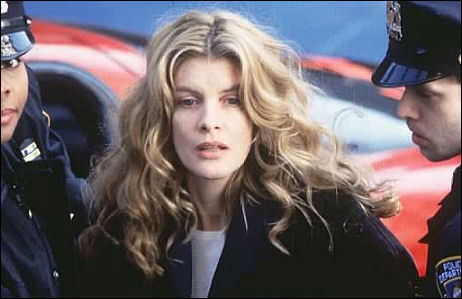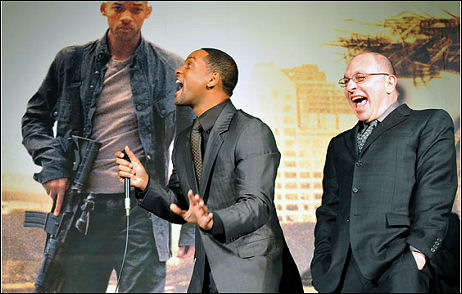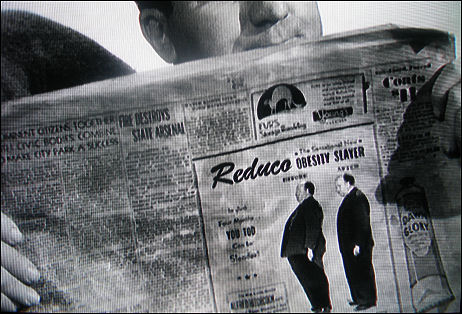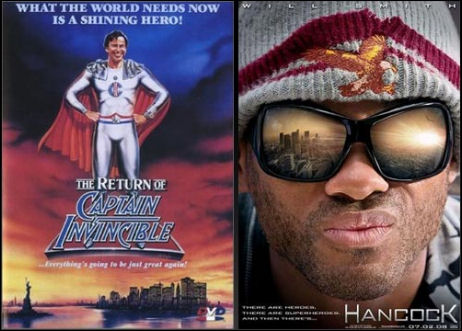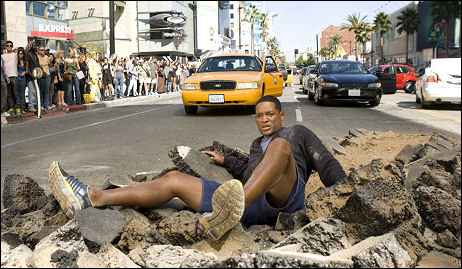“The new Blu-ray of Dirty Harry prompts mention of the heated web debate about whether or not studios are over-enhancing older films for hi-def,” writes film.com’s Glenn Erickson. “Irate bulletin board posters have singled out Patton, as Fox’s Blu-ray has been enhanced to minimize natural grain, presumably because Blu-ray proponents think that the format means ‘no grain.’ Patton was so bright and clear in its 70mm theatrical presentation that ordinary viewers are unlikely to complain. This reviewer wasn’t offended either.

“Dirty Harry on Blu-ray is more complicated. The Blu-ray disc shows heavy tweaking to minimize grain, sharpen contrast and brighten colors. Sunny exteriors haven’t changed much but heavy processing has given most night shots an almost unnatural look — detail and bright color in what were once dimly lit areas, with everything else falling into inky blackness.”
Hold on…Erickson is complaining about a so-so-looking film looking better than it did upon original release? Whatever for? I don’t see the beef as long as it looks like “film” and bears a strong resemblance to the intended color and lighting scheme. Is Erickson saying it looks unnatural? Like data rather than celluloid? Look at that Clint Eastwood still up above, which was taken from the Blu-ray by the DVD Beaver guys. He looks terrific. And what’s wrong with that?
“To this reviewer, Patton looks more or less like its theatrical presentation, while Dirty Harry is substantially altered,” Ericksonj continues. “The 1971 release, after all, was never a visual beauty. The quest for ‘docu realism’ seems to have meant indifferent exposure and an over-reliance on zoom shots. Many dialogue scenes have a very shallow focus, and a number of shots are just plain out of focus. On original release prints, ‘pushed’ nighttime scenes offered milky blacks, golf ball-sized grain and weak hues.”

